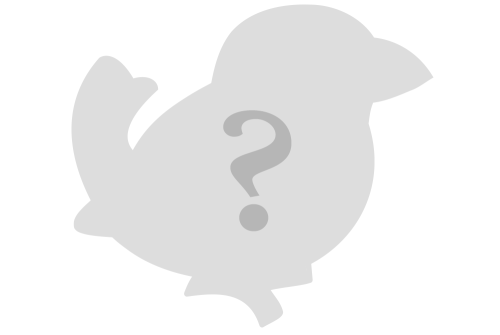2024 Birdorable Bonanza Bird #6
Meet the Pacific Gull: Coastal Australia’s Big Iconic Seabird

Today's new species joins our family of Birdorable gulls! It's the hunky, chunky Pacific Gull!
The Pacific Gull is a large and striking seabird native to the southern coasts of Australia. Known for its impressive size, bold markings, and strong, heavy beak, this gull is a charismatic species that commands attention wherever it goes.
Adult Pacific Gulls are easily recognizable by their black wings and back, contrasting sharply with their white head, neck, and belly. They also sport a bright yellow beak with a distinctive red tip, which is both eye-catching and perfectly adapted for breaking open tough prey like mollusks and crustaceans. Juvenile Pacific Gulls, in contrast, are mottled brown and gray, gradually transitioning to adult plumage over about four years.
This species inhabits coastal areas, including beaches, islands, rocky shorelines, and estuaries. They are rarely found far inland.
Unlike some gull species that form large colonies, Pacific Gulls are more solitary or seen in pairs. Their preference for quieter beaches and less urbanized areas distinguishes them from other more gregarious gulls.

Pacific Gull by Brian Ralphs [CC BY 2.0]
Pacific Gulls are opportunistic feeders with a varied diet. They forage for fish, squid, and other marine creatures but are also known to scavenge. Their powerful beaks enable them to crack open tough shells. They sometimes drop mollusks onto rocks to break them open, resulting in small piles of shells that may look like a strange natural formation but are just the leftovers from hungry gulls.
The breeding season for Pacific Gulls typically runs from late spring to early summer. They nest in isolated areas, often on remote islands or quiet stretches of coastline, where they can raise their young without disturbance. Their nests are shallow scrapes lined with vegetation, and females usually lay two to three eggs. Both parents share the responsibilities of incubation and feeding the chicks.
Although Pacific Gulls are not currently considered threatened, they face pressures from habitat destruction, pollution, and human disturbance, particularly in their breeding areas. Conservation efforts that protect coastal ecosystems are vital for the long-term survival of these impressive seabirds.
Whether soaring over the waves or patrolling the shoreline, the Pacific Gull is a symbol of Australia’s rugged coastal beauty. Its striking appearance and fascinating behaviors make it a favorite among bird enthusiasts.
Pacific Gull Gifts from Birdorable
Our 2024 Birdorable Bonanza continues tomorrow with another brand-new bird reveal! It's a sleek little songster with a bold black mask and bib, found in tropical savannas across much of South America. Can you guess what it is? Check out the silhouette and leave your guesses below! 🤔




























































